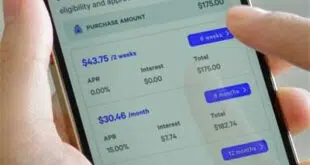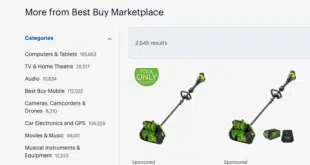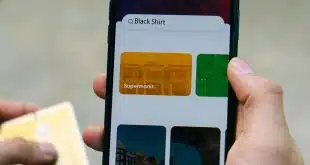By John Stewart
The advent of younger users, combined with the rise of smart phones and a much-improved user experience, is helping to drive a surge in mobile person-to-person payments. But providers still haven’t figured out how to make money on the service, which lets consumers use smart phones to pay each other electronically rather than with checks or cash.
In a mobile-payments report released last month, Forrester Research Inc. forecasts U.S. mobile P2P payments will total $5.3 billion this year and reach $11.9 billion in 2017. With that latter figure, the Cambridge, Mass.-based research firm has already drastically revised a projection it made only last year, when it forecast that mobile P2P would total $4 billion by 2017. All told, P2P payment volume will increase at an average annual rate of 26% between now and 2019, the firm predicts.
Why the big upward revision? Two important, intertwining factors are the rise of smart phones and the entry into adulthood of Generation Y, persons now aged 18 to 33, according to Denee Carrington, a senior analyst at Forrester who wrote the report. A third factor, added to the mix only over the last year or so, is new technology that makes it faster and easier to send and get access to money, she tells Digital Transactions News.
“Mobile is penetrating all aspects of consumers’ lives, and that includes mobile P2P,” she says.
Services like Venmo Inc., for example, are making it easier than ever to perform P2P transactions on smart phones. A unit of e-commerce processor Braintree Inc., which in turn is owned by PayPal Inc., Venmo last year introduced a feature called Venmo Touch that links users’ funding accounts and allows them to make payments by simply tapping a “pay” button. The technology has since been adopted by Braintree for mobile payments to online merchants.
In part because of features like this, Venmo saw its P2P volume balloon 50% in just three months, rising from $468 million in the second quarter to $700 million in the third. It doesn’t hurt that Venmo also offers a social-network overlay, allowing users to add comments and notes to their transaction messages to recipients. “It’s the social aspect of it, the funny little comments,” notes Ron Shevlin, a senior analyst who follows the market for Boston-based Aite Group.
Venmo “is gaining a lot of momentum of late. It’s fairly easy to use and has a strong following from Gen Y,” Carrington says. “It has a cult following or appeal.” That “cult following” can be seen in the use by some younger users of Venmo as a verb, as in “Venmo the money to me.”
But all this growth may not yield much more revenue for providers. Venmo, like most P2P services, levies no fees to either senders or recipients. Venmo does charge a 3% fee when senders use a credit card or certain debit cards to fund a payment. Likewise, Square Inc.’s Square Cash service, launched just 14 months ago, is free. Des Moines, Iowa-based Dwolla, another relatively new entrant, charges nothing for transactions of $10 or less; otherwise, it charges recipients a quarter.
Bank-oriented services vary in their pricing. The Popmoney service from Brookfield, Wis.-based bank processor Fiserv Inc. charges senders 95 cents per transaction, while 3-year-old clearXchange, owned by Bank of America Corp., Capital One Financial Corp., JPMorgan Chase & Co., and Wells Fargo & Co., levies no fee to receive or send.
In this respect, the mobile version of P2P has not improved on the desktop version, which has long been plagued by little or no revenue. “Somewhere down the line, you’ve got make money on it,” says Shevlin. But, as he points out, “people don’t want to pay to pay.” Even when a service charges something, he says, “It’s not clear every one of those transactions is generating revenue because of discounts and [and an allowance for] free transactions.”
That has left providers to compensate by offering P2P as a loss leader or to use it for other, potentially lucrative purposes. Square Cash, for example, works by letting debit card holders pay other debit card holders via email, SMS, or, in some cases, Bluetooth low energy. That allows Square to compile debit card numbers linked to email addresses, which could prove useful to promote and enroll users for other services such as Square Order, which lets users order and pay ahead for meals for pick up later.
Square Cash last month also began processing for Snapcash, a new money-transfer service introduced by Snapchat, a social network in which users send each other photos that vanish in seconds.





